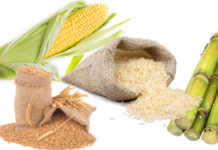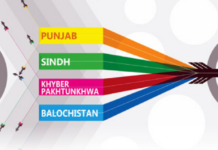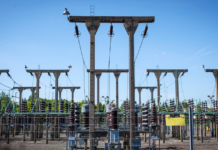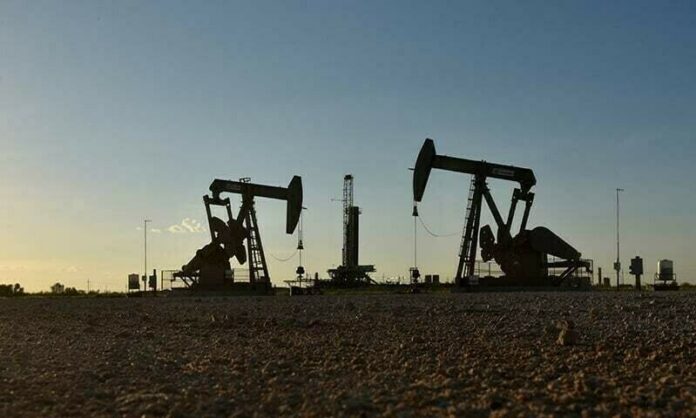ISLAMABAD: Speculation about Pakistan’s underground oil and gas wealth has recently intensified, especially after U.S. President Donald Trump claimed on social media that Pakistan and the United States are collaborating on a major project to develop these vast reserves.
While such statements have sparked debate, official data and geological studies confirm that the Indus Basin, covering parts of Sindh, South Punjab, and Khyber Pakhtunkhwa holds significant untapped hydrocarbon potential.
According to the Petroleum Information Services and the Ministry of Energy, Pakistan recorded proven oil reserves of 238 million barrels as of December 2024, with an annual increase of 23percent. Sindh currently leads the country in oil and gas production, with 351 confirmed reserves and over 247 wells either completed or under drilling — positioning it as Pakistan’s equivalent of “Texas” or “Arabia.”
A U.S. Agency for International Development (USAID) study found that the Sindh Basin alone holds up to 14 billion barrels of technically recoverable crude oil. This estimate underscores the region’s critical role in meeting future energy demands.
Geological assessments have identified promising formations across multiple blocks in Sindh, including Gambat-II, Muradi, Malir-II, Sawan South, Matiari, and Zamzama West, located in the Lower Indus Basin. These blocks are believed to hold up to 160 million barrels of oil and 24.6 trillion cubic feet of gas. In central Punjab’s Rachna-II Block and beyond, the broader Indus Basin is estimated to contain 200 million barrels of oil and 196 trillion cubic feet (TCF) of natural gas.
Amid renewed U.S.–Pakistan cooperation, there have been rumors suggesting that Balochistan could become the country’s largest oil-producing region and that its resources are being handed over to foreign entities. However, experts dismiss such claims as political rhetoric aimed at misleading the public, pointing out that Balochistan’s hydrocarbon activity is far behind that of Sindh.
It is also incorrect to assume that Pakistan was previously unaware of its oil and gas reserves. Major U.S. firms such as Occidental Petroleum and Union Texas were active in Pakistan’s upstream sector decades ago and played vital roles in its early development. Current collaborations should be viewed as a continuation of those partnerships, now evolving with a focus on investment, technology transfer, and refining competitiveness.
At present, Pakistan produces approximately 73,000 barrels of oil per day, a fraction of the national daily consumption of 556,000 barrels. The country imports around 85pc of its crude oil needs, roughly nine (9) million tons annually. Enhanced exploration in the Indus Basin, especially with U.S. technical support, could pave the way toward energy self-sufficiency.
Importantly, Pakistan has a relatively high exploration success rate of 3.7 out of 10 wells drilled, a promising statistic by global standards. Offshore petroleum blocks in the Sindh and Makran basins are also being marketed internationally, as experts believe Pakistan’s maritime region contains vast undiscovered hydrocarbon reserves.
Industry analysts argue that with the right investment climate, policy stability, and access to advanced technologies, Pakistan’s Indus Basin can not only meet domestic energy demands but could also become a regional exporter of energy.























